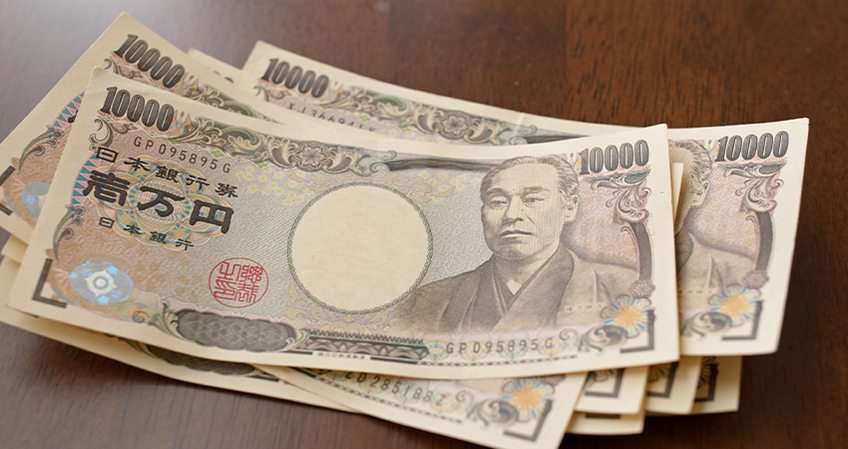Yen Hits 34-Year Low Against US Dollar
- Exchange rate falls to 155
yen per dollar, lowest since 1990
- The Bank of Japan maintains an ultra-loose monetary policy, widening the interest rate gap with the US.
Japanese Yen Hits 34-Year Low Against Dollar
The Japanese yen has been experiencing a significant decline against the US dollar, reaching a new 34-year low. As of April 18, 2024, the exchange rate has fallen to 155 yen per dollar, marking the lowest rate since 1990. This depreciation is a continuation of a trend observed over the past few years, with the yen weakening from 103 to 1 in January 2021.
The primary driver of the yen's weakness is the divergence in monetary policy between the Bank of Japan (BoJ) and other major central banks. While the US Federal Reserve and other central banks have been raising interest rates to combat inflation, the BoJ has maintained its ultra-loose monetary policy, keeping short-term interest rates near zero. This policy stance has widened the gap between US and Japanese interest rates, making the dollar more attractive to investors and contributing to the yen's fall.
Impacts of Yen Devaluation on Japan's Economy
The impact of the yen's depreciation on Japan's economy is multifaceted. On one hand, it benefits Japanese exporters by making their products more competitive in international markets. This could potentially boost real net exports by roughly 1.5% of GDP over several years. However, the weaker yen also increases the cost of imports, affecting both households and businesses. It has implications for inflation as well, with estimates suggesting that a 20% weakening of the currency could increase core inflation by 0.25 percentage points and headline inflation by 0.75 percentage points.
Japanese officials, including Finance Minister Shunichi Suzuki, have expressed concern over the yen's rapid depreciation and have signaled their readiness to take 'decisive steps' to address the situation. This could include foreign exchange intervention, although the effectiveness of such measures is uncertain without coordinated action from other G-7 nations.
Yen at Lowest Level Since 1980s: Complexities for Japan's Trade
The yen's weakness also has ramifications for trade dynamics, particularly with the United States. While Japanese exports become cheaper for American consumers, the response has been less pronounced than expected. Conversely, American exports to Japan become more expensive, and a continued slide in the yen's value could discourage Japanese investment in the US.
The current state of the yen reflects both short-term market movements and medium- to long-term structural changes in Japan's economy. The real effective exchange rate, which measures the yen's strength against a basket of currencies, is at its lowest level since the 1980s.
In conclusion, the yen's decline against the dollar presents a complex challenge for Japan's economy. While it may benefit certain sectors like exports, it also poses risks in terms of increased import costs and potential impacts on inflation and foreign investment. The Japanese government and the BoJ are closely monitoring the situation and may intervene if the yen's weakness becomes too severe. However, with the BoJ's commitment to maintaining its ultra-loose monetary policy, the weaker yen may persist as a feature of Japan's economic landscape in the near term.

